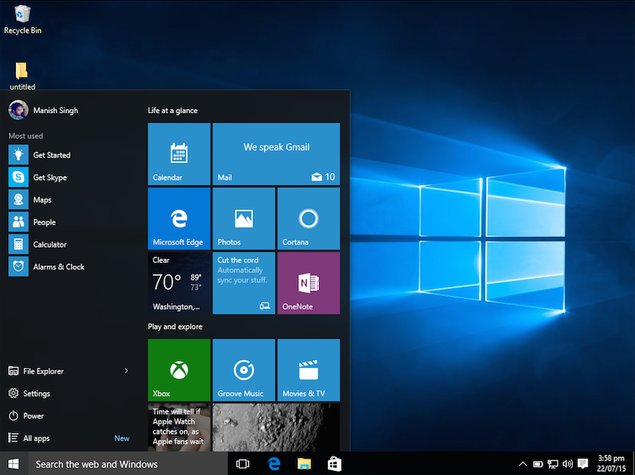Windows 10 Home Pro

. Some capabilities require a Windows 10 Enterprise E5 license. Windows Hello for Business with biometric authentication requires specialized hardware such as fingerprint reader, illuminated IR sensor, or other biometric sensors depending on the authentication enabled.
- How to Upgrade from Windows 10 Home to Pro Make sure your device is up to date and is running the most recent version of Windows 10 Home. Make a copy of your windows 10 Home, for some users report their Windows 10 booting to black screen after the upgrading.
- Upgrade using a Windows 10 Pro product key. To upgrade from Windows 10 Home if you have a Windows 10 product key: Select the Start button, then select Settings Update & security Activation. Select Change product key, and then enter the 25-character Windows 10 Pro product key. Select Next to start the upgrade to Windows 10 Pro.

Requires TPM 1.2 or greater for TPM-based key protection. BitLocker on Pro editions includes additional customization options and does not require InstantGo devices or devices that pass the Hardware Security Testability Specification test. WIP requires either Mobile Device Management (MDM) or System Center Configuration Manager to manage settings. These products sold separately. Active Directory makes management easier, but is not required. Requires UEFI 2.3.1 or greater with Trusted Boot; Virtualization Extensions such as Intel VT-x, AMD-V, and SLAT must be enabled; x64 version of Windows; IOMMU, such as Intel VT-d, AMD-Vi; BIOS Lockdown).
Windows Defender System Guard’s boot time integrity protection requires the use of UEFI 2.3.1 or greater with Secure Boot.
Windows 10 Home Pro
Aug 02, 2018 In recent versions of Windows 10, the upgrade from Home to Pro is quick and easy. It's worth rummaging through your garage, storeroom, or email.